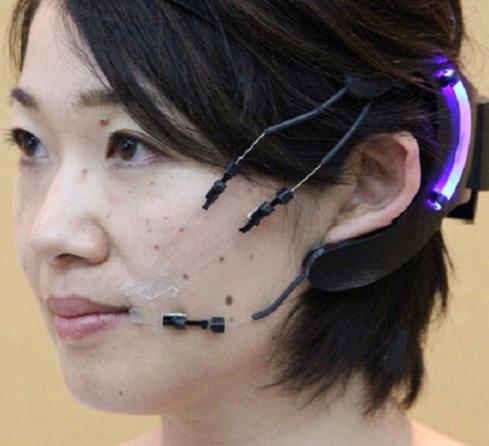Qualcomm Snapdragon Wear 2100: Dedicated Processor For WearablesQualcomm Snapdragon Wear 2100: Dedicated Processor For Wearables
Qualcomm's newly released Snapdragon Wear 2100 is a new processor platform that will power the next generation of Android Wear smart devices. The chipmaker also detailed new platforms for smartphones and tablets.


10 Medical-Device Wearables To Improve Patients' Lives
10 Medical-Device Wearables To Improve Patients' Lives (Click image for larger view and slideshow.)
Qualcomm announced three significant products Feb 11 that target wearables, smartphones, and tablets. The company is moving forward with a dedicated platform for smartwatches that promises to deliver thinner, more capable devices for our wrists and beyond.
Nearly all Android Wear devices shipped over the last two years have been powered by the Snapdragon 400 processor. The Qualcomm Snapdragon Wear 2100, shown off for the first time Thursday, will replace it. The system-on-a-chip works with Android Wear and Android. Qualcomm says it offers a handful of benefits compared to the outgoing Snapdragon 400.
The SoC itself is 30% smaller.
This alone will help smartwatch makers streamline their designs. The Snapdragon Wear 2100 uses 25% less power than the Snapdragon 400. This is a very welcome improvement, since current smartwatches don't offer the best battery life. The 2100 has an integrated sensor hub that Qualcomm says enables richer algorithms with greater accuracy than the 400. Moreover, the 2100 includes built-in WiFi and LTE with GNSS for always-connected wearables.
The 2100 is more is more than another SoC. It has a full suite of silicon, software, support tools, and reference designs to help smartwatch makers put it to effective use. Qualcomm believes the Wear 2100 can work in other wearables, such as fashion accessories, smart bands, kids' watches, sports equipment, eyewear, and headsets (think VR).
The Snapdragon Wear 2100 is shipping today.
Qualcomm also revealed new Snapdragon processors for smartphones and tablets.
The Snapdragon 625, Snapdragon 435, and Snapdragon 425 will appear in mid-rage to entry-level devices, respectively. Of these three, the Snapdragon 625 is the most impressive thanks to its use of Qualcomm's 14nm processes. The FinFET tech used by Qualcomm yields a 35% drop in power consumption compared to the previous-generation chip. The 625 makes use of eight ARM Cortex A53 cores. It is matched with an Adreno 506 GPU, an X9 LTE modem, dual image signal processors (ISPs), Qualcomm TruSense for better calls, and Qualcomm Hexagon DSP for better audio quality.
[Read about the market for the smartphone market.]
Qualcomm claims the 625 can handle 4K video capture, 24-megapixel main cameras, and 13-megapixel front cameras. The dual ISPs are much better at capturing high-quality footage in low-light conditions. Post-processing features include re-focus, advanced editing, and special effects. Qualcomm didn't say how fast the chip is, but, together with the X9 modem, it can push data up at 150 Mbps.
The Snapdragon 435 and Snapdragon 425 step down the accompanying GPUs and modems, drop the high-end camera functions, and aren't as quick to upload data via LTE. All three processors will appear in consumer devices by the middle of 2016.
Last up in Qualcomm's trifecta of transistors is the X16 LTE modem for bleeding-edge smartphones and connected tablets. The X16 is Qualcomm's first Gigabit Class LTE chipset that can push data at speeds rivaling fiber. Downloads, for example, can reach a blistering 1 Gbps, under the right conditions.
What makes the X16 tick? Support for LTE-Advanced features, including 4x20 MHz downlink carrier aggregation, 2x20 MHz uplink carrier aggregation, and Licensed Assisted Access. It is paired with Qualcomm's new WTR5975 RF transceiver and can handle LTE in the 3.5 GHz and 5 GHz bands for LTE-U.
Qualcomm expects to see the X16 processor reach consumer gear during the second half of the year.
Basically, all the phones that hit the market after July are going to be a heck of a lot faster.
Are you an IT Hero? Do you know someone who is? Submit your entry now for information's IT Hero Award. Full details and a submission form can be found here.
About the Author
You May Also Like






